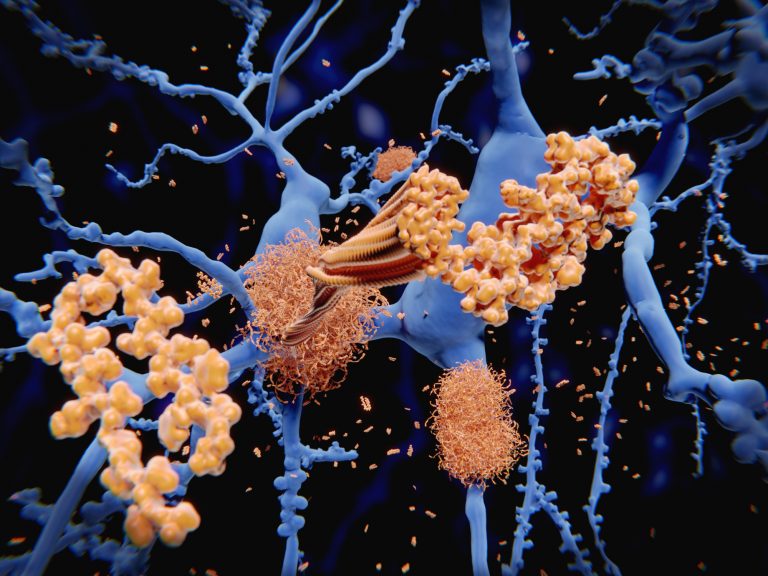
Research led by the Karolinska Institute in Sweden shows that people with Down’s syndrome have an earlier and more substantial build-up of amyloid plaques and tau protein in the brain than people without the genetic condition, which makes them vulnerable to Alzheimer’s disease.
Notably, the scientists found that the brains of people with Down’s syndrome had higher levels of amyloid and tau protein than people with Alzheimer’s who did not have Down’s syndrome, suggesting that these individuals are at increased risk of early and more severe disease.
Up to 50 million people around the world are affected by Alzheimer’s disease, a degenerate condition responsible for 60-70% of dementia cases. While there is some debate about how the disease is caused, most likely it is caused by multiple factors, one theory is that build up of amyloid plaques and tau protein cause neurodegeneration.
This is supported by the fact that people with Down’s syndrome have a high incidence of the disease (up to 90%). The gene coding for amyloid protein is found on chromosome 21. It has been suggested that the reason Down’s individuals have such a high rate of Alzheimer’s is because they have extra copies of this chromosome and so produce the protein in higher than normal amounts.
“Previous studies of Down’s syndrome by our group and others have been able to demonstrate that pathological forms of amyloid and tau can appear years before someone shows signs of dementia,” says Lotta Granholm-Bentley, Ph.D., a professor at Karolinska Institute and the University of Denver, and one of the principal researchers.
In this particular study, which was published in the journal Molecular Neurodegeneration, the team analyzed postmortem, adult brain samples to search for tau and amyloid from 7 individuals with Down’s syndrome and Alzheimer’s, 9 with Alzheimer’s alone and 8 from people with Down’s syndrome but no Alzheimer’s. In addition, they also assessed brain samples from 2 fetuses with Down’s and 3 without.
Using amyloid and tau PET tracers and autoradiography they showed that individuals with Down’s syndrome and Alzheimer’s had a greater build-up of amyloid and tau proteins than those with Alzheimer’s alone. There was also a difference in where the build-up occurred in the brain, with more accumulation in the medial frontal gyrus part of the brain in those with Down’s compared with those with Alzheimer’s alone.
The researchers even found tau protein in the brain samples taken from fetuses with Down’s syndrome suggesting that this build up is something that starts early in life in these individuals.
“Our studies support the need for continued research on the progress and incidence of amyloid plaque and tau in the brain by imaging the brains of live individuals with Down’s syndrome,” says Agneta Nordberg, M.D., Ph.D., a professor at the Karolinska Institute, and a senior author on the paper.
“Our aim is a better understanding of how we can take early steps to discover pathological changes that produce cognitive symptoms and begin medication that helps to improve life quality.”













